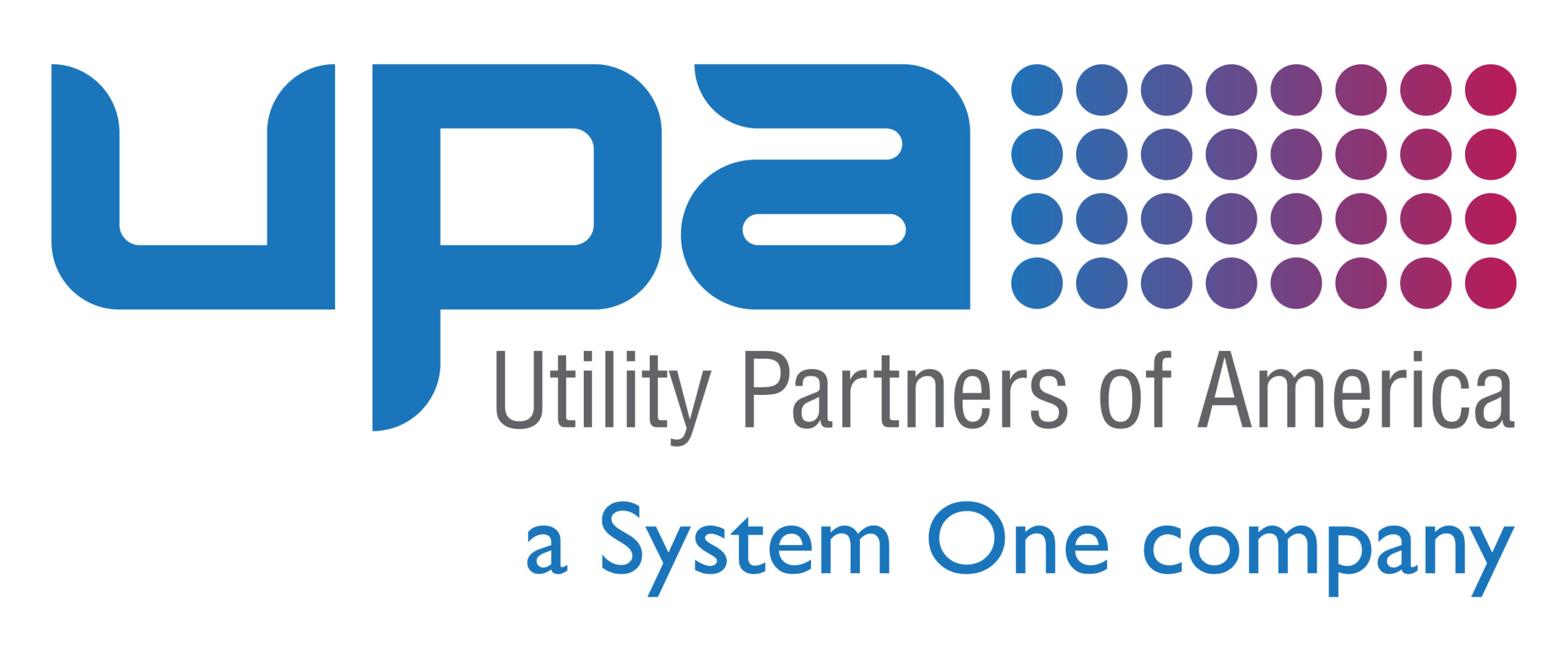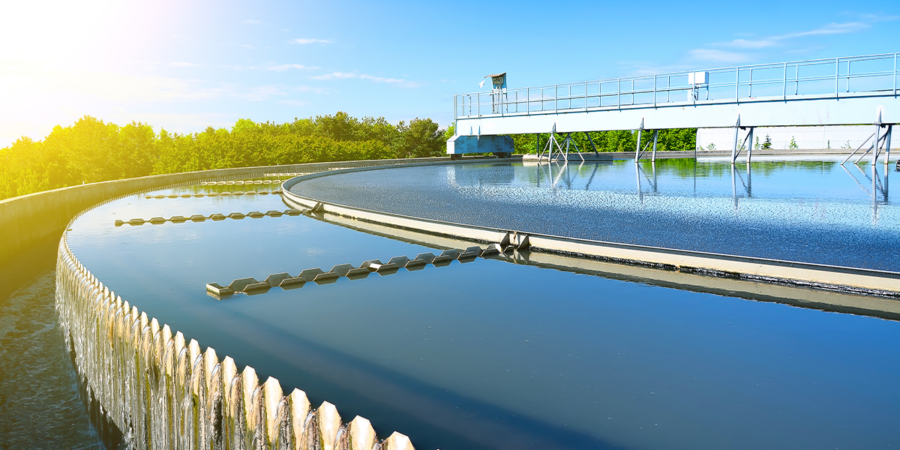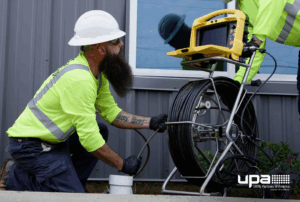“Water covers roughly 70% of the Earth’s surface” is a quirky stat that most people learn at a young age. The much lesser-known truth about the world’s water source is that only about 2.5% of it is freshwater. And to make matters worse, reports indicate that the United States relies on freshwater for about 90% of withdrawals for public and industrial use.
It might seem like the importance of water in the utility industry would center solely on companies providing drinking water and wastewater services. Actually, water plays a much larger role across the spectrum of utilities. Dependence on water for the production and delivery of services like electricity, oil, and gas, scarcity has become a concern. In response, utilities have developed clean water initiatives to make the most of accessible water.
Why water scarcity and wastewater matters for utilities
There is a very deep link between water and energy. It takes freshwater to create energy, and it takes energy to create freshwater. Electric utilities use water for cooling purposes and to help spin the turbines that produce energy for their customers. Water utilities face an entirely different challenge mow, navigating aging infrastructure. It puts the cleanliness of the water and the ability to deliver potable water to customers at great risk.
Related: Minimizing Damage When You Spring a Leak
Clean water initiatives for utilities to improve water scarcity
Similar in name, reused and recycled water are very different as reused water can be salvaged and used multiple times without any additional treatment. Recycled water goes through a filtration procedure, where it is treated to near freshwater standards. For utilities developing clean water initiatives around water scarcity, the notion of reuse or recycle is a staple.
One interesting option being deployed is using brackish water as a new source for extractions. Certain geographic areas of the country have plentiful brackish water aquifers. This makes it an enticing potential answer to freshwater scarcity.
Utilities can use salt or recycled water to contribute to environmental causes. If utilities have safe desalination protocols, they can turn to alternative sources like treated brackish water.
Water scarcity is at or near the top of the list of concerns for utilities. Given the importance of water across all utility sectors, developing clean water initiatives that allow the utility to maximize its resources must continue to be a top priority. For assistance with existing water infrastructure, contact UPA today.




